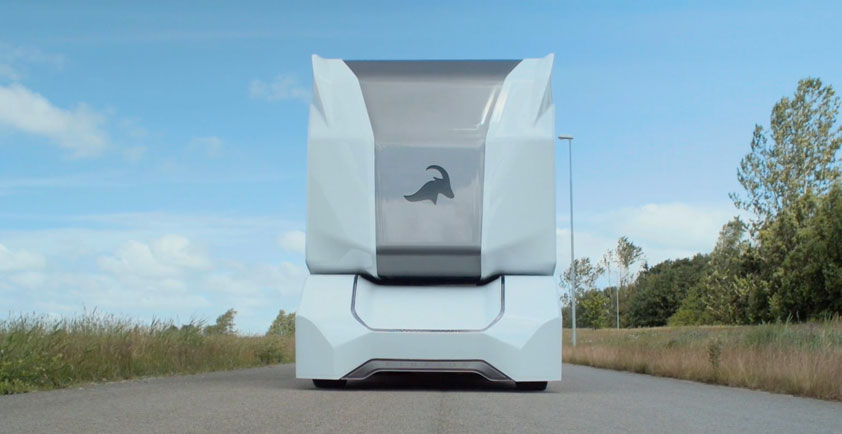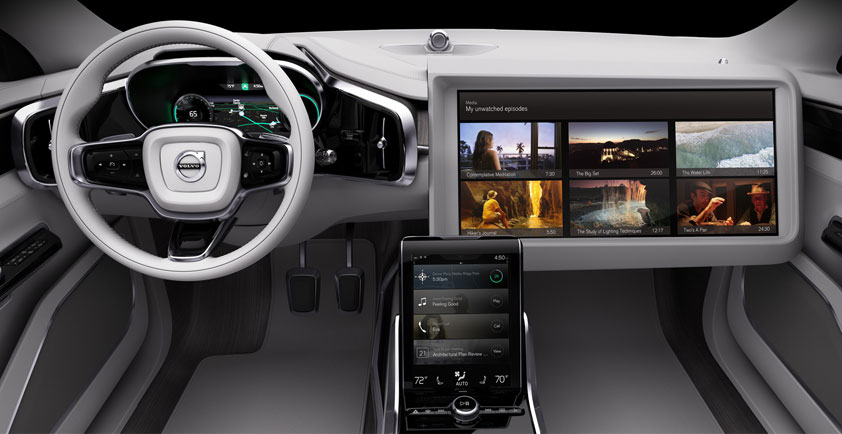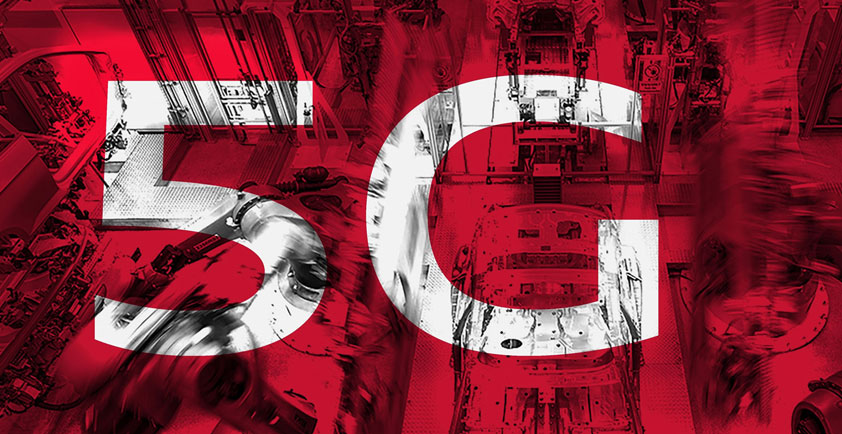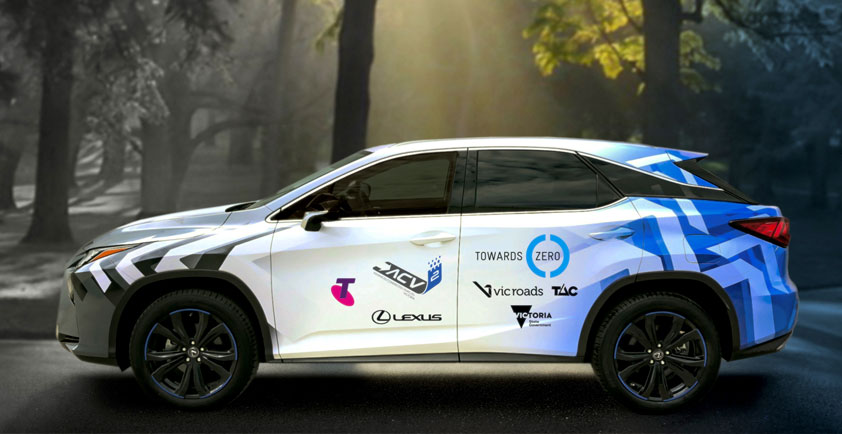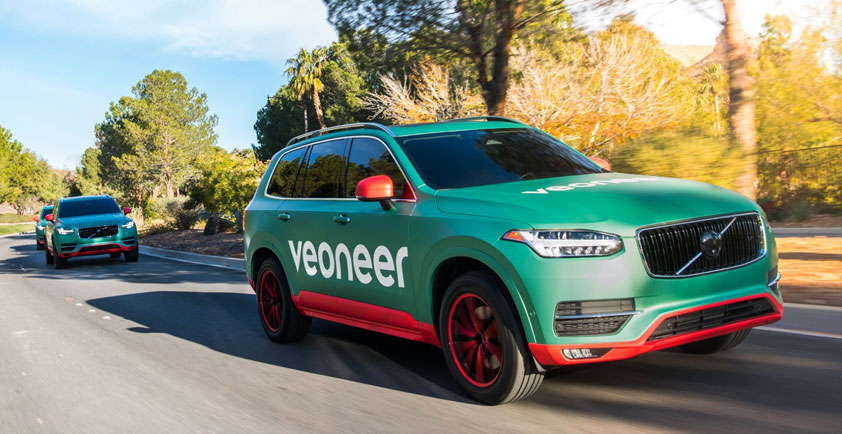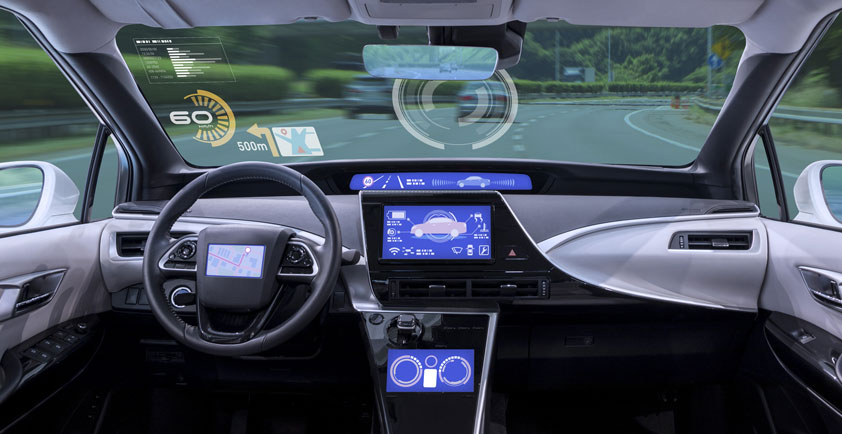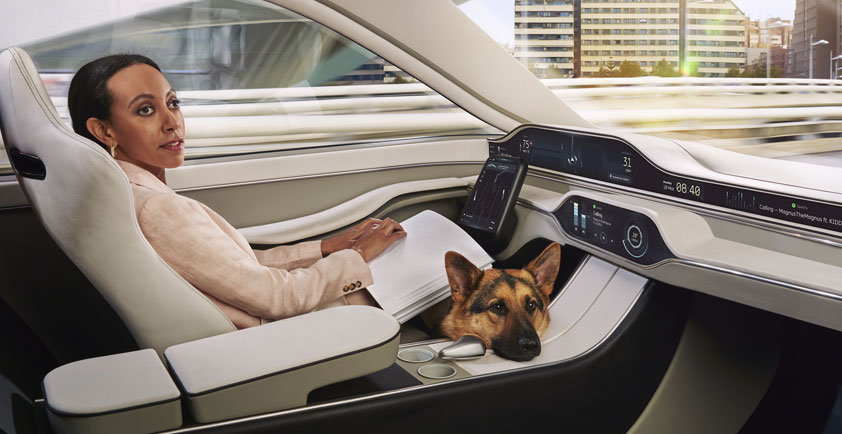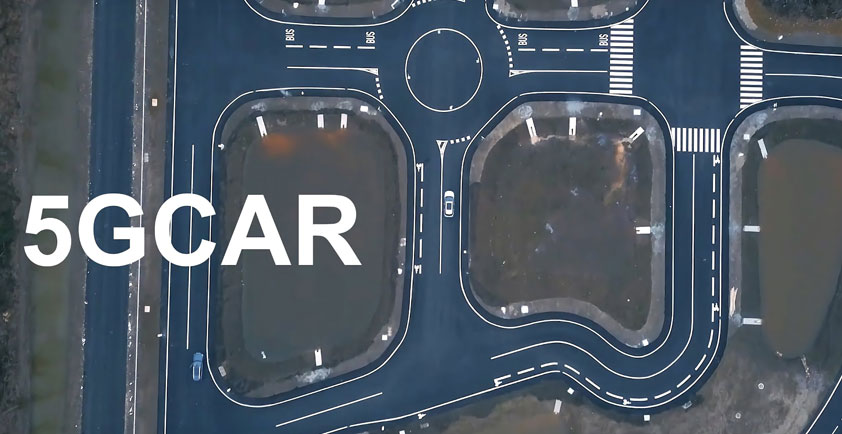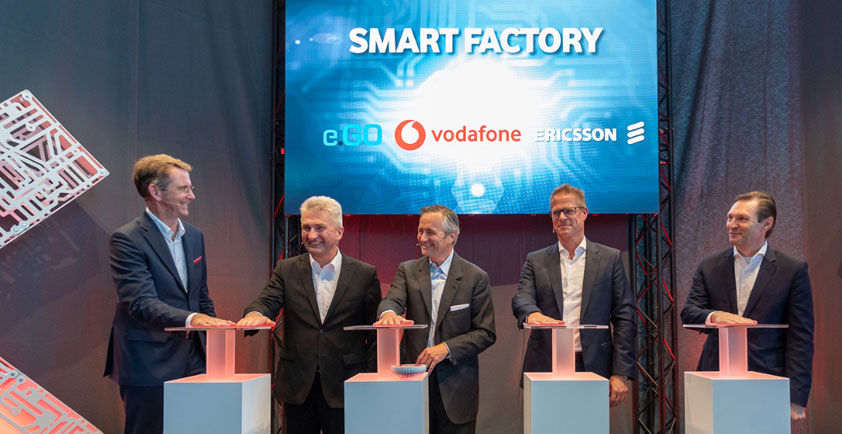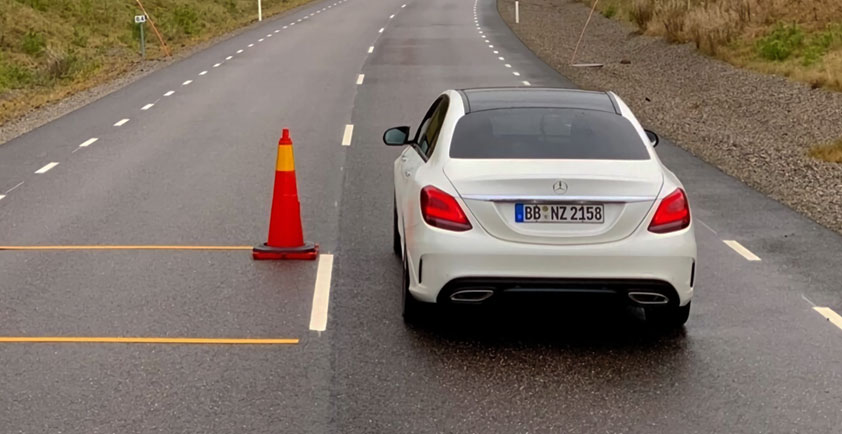
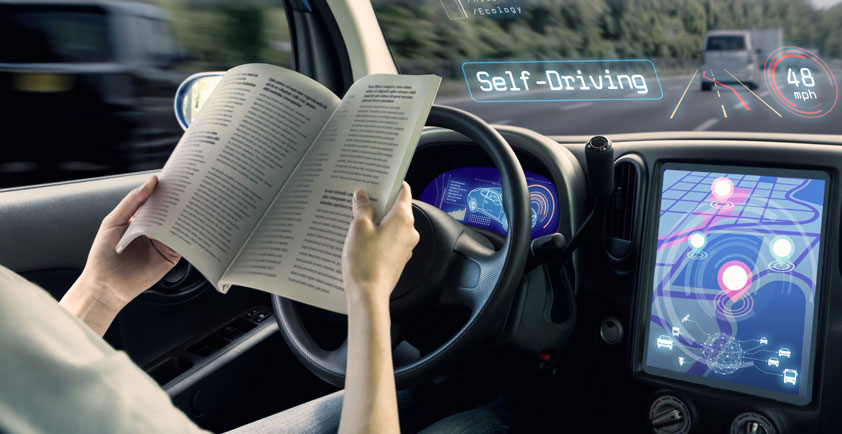
THE FUTURE OF CONNECTED VEHICLES LIES WITH 5G
5G is becoming the future of autonomous vehicles, with its millisecond latencies, high-bandwidth and network slicing capabilities. The arrival of 5G presents incredible new revenue opportunities for many stakeholders in the automotive ecosystem, from the automakers themselves to new entrants creating innovative services. It truly is an exciting time.
As with any new technology, there will be a learning curve. As it relates to automakers, they will need to gain new capabilities to successfully connect vehicles and may face some challenges as they scale up their connectivity management strategies. But once those are overcome, the results will be worth celebrating.
Moving to 5G with edge computing
A popular use case for connected vehicles is sharing braking data. Let’s say you’re driving a connected vehicle, and connected cars ahead of you are unexpectedly coming to a stop. Being able to have your car anticipate a sudden stop would be a tremendous safety feature, and automakers want to share that braking information with you. However, if the data needs to travel too great a distance from where your car is located, the latency could prevent attaining this data in time. To avoid this, automakers need to not only explore 5G, but edge computing, as well.
5G also enables automakers and OEMs to greatly speed up innovation. Access to data will be faster and computing workloads can be dynamically shifted, balancing what analysis gets done in the car, and what gets done in the cloud. By moving computing significantly closer to the vehicle, 5G and the edge will be able to support roads full of self-driving vehicles, and the data computing needed to provide innovative safety and infotainment services.
However, tackling the transition to 5G and edge computing can be challenging without connectivity expertise. Many automakers are lacking sufficiently deep expertise in how LTE/5G networks work, which can cause delays in innovation, and in today’s ultra-competitive landscape, time-to-market of features can prove the difference between reporting an average quarter and a strong one.
By working with connectivity experts, automakers will be able to work through questions like “am I paying roughly what my competitors are?” and “how do I get consistency from one carrier to the next?” and “how do I integrate with different carriers?” The reality is that if you’re working with local carriers for global coverage to avoid roaming rates, you may find yourself facing lifecycle management issues, ongoing and complex maintenance and managing more than 15 carriers around the world.
5G is where car connectivity is driving, but automakers need to plan and strategize the best way to reach the goal. In addition to knowing how 5G is becoming the future of autonomous vehicles, automakers will benefit from learning how:
>> Artificial Intelligence (AI) is impacting the automotive industry
>> Combined technologies will transform the auto industry into a digital services business
>> OEMs are reducing warranty/recalls costs and powering new business models by collecting and analyzing car sensor data to get closer to the drivers
>> Service Providers are driving new usages, improving TCO and user experience by offering both telematics and consumer services on a single SIM-card
If you’re attending TU-Automotive Detroit, and want to hear more about intelligent connectivity and how 5G, IoT and AI will all play an important role, be sure to stop by a panel discussion featuring Juergen Daunis, Ericsson’s VP Global Sales Connected Vehicles at 4:55pm on June 5. The panel also includes executives from Verizon, Orange Business Services and IBM Global Business Services.
Juergen will discuss the effect AI will have on connected vehicles, including personalization, safety, autonomous driving and traffic optimization, as well as how AI is forcing the industry to rethink the vehicle as part of a bigger system that must always be connected. Although a lot of new technology has recently been introduced, current networks are not where they need to be to support these advancements but 5G has the potential to enable it. The key is to not only think about connectivity as a cost, but as a business enabler.
As you meet new challenges and opportunities, Ericsson can provide everything you need to easily build, integrate, manage and monetize your connected vehicle ecosystem. We’ve been connecting vehicles for almost 10 years and support more than three million connected vehicles on the road with our Connected Vehicle Cloud.
Author: John Barney

